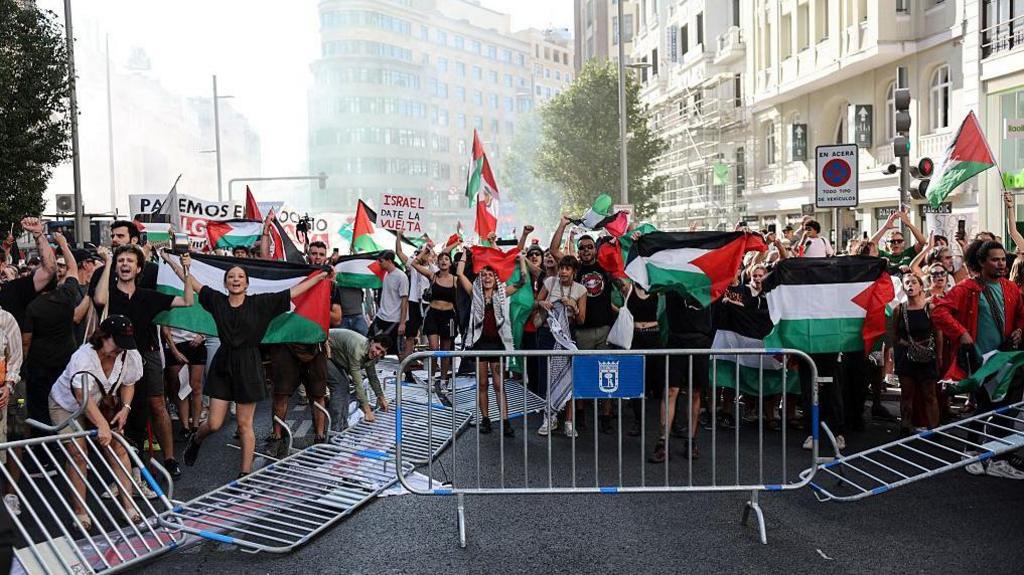A joyous atmosphere turned into a nightmare in Bengaluru as thousands of fans gathered to celebrate the Royal Challengers Bengaluru's triumph in the Indian Premier League. Unfortunately, the celebration took a tragic turn when a stampede ensued outside the gates of Chinnaswamy stadium, resulting in at least 10 deaths and several injuries.
According to police officials, the mishap occurred when the stadium gates had yet to open, but a large crowd attempted to surge through a single entry point. “About 10 people have died in the stampede at the gates of the Chinnaswamy stadium,” stated a senior police officer to BBC Hindi.
The overwhelming turnout for the event was not anticipated by officials, with estimates indicating that over 200,000 fans flocked to the parade, contrasting sharply with the expected figure of about 100,000. The RCB team had earlier arrived on a special flight, greeted by Karnataka Deputy Chief Minister DK Shivakumar, and made their way through the city in a procession before heading to the stadium.
As fans donned RCB jerseys, they flooded the streets and packed Metro trains, which were overflowing to the point where many, including reporters, couldn't even board. Attempts to procure taxis and auto-rickshaws saw minimal success; many drivers refused to transport passengers near the stadium, leading many to walk long distances.
Following the tragic news of fatalities, alarm spread among the crowd, prompting many to rush towards Metro stations for safety. In response to the escalating situation, authorities closed stations around the stadium to manage the large influx of people on the platforms.
This unfortunate incident raises critical questions about crowd control measures during large public gatherings, highlighting the need for enhanced safety protocols in future events to prevent such tragedies.
According to police officials, the mishap occurred when the stadium gates had yet to open, but a large crowd attempted to surge through a single entry point. “About 10 people have died in the stampede at the gates of the Chinnaswamy stadium,” stated a senior police officer to BBC Hindi.
The overwhelming turnout for the event was not anticipated by officials, with estimates indicating that over 200,000 fans flocked to the parade, contrasting sharply with the expected figure of about 100,000. The RCB team had earlier arrived on a special flight, greeted by Karnataka Deputy Chief Minister DK Shivakumar, and made their way through the city in a procession before heading to the stadium.
As fans donned RCB jerseys, they flooded the streets and packed Metro trains, which were overflowing to the point where many, including reporters, couldn't even board. Attempts to procure taxis and auto-rickshaws saw minimal success; many drivers refused to transport passengers near the stadium, leading many to walk long distances.
Following the tragic news of fatalities, alarm spread among the crowd, prompting many to rush towards Metro stations for safety. In response to the escalating situation, authorities closed stations around the stadium to manage the large influx of people on the platforms.
This unfortunate incident raises critical questions about crowd control measures during large public gatherings, highlighting the need for enhanced safety protocols in future events to prevent such tragedies.



















